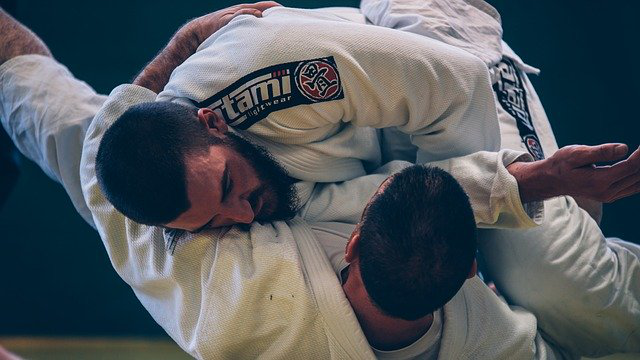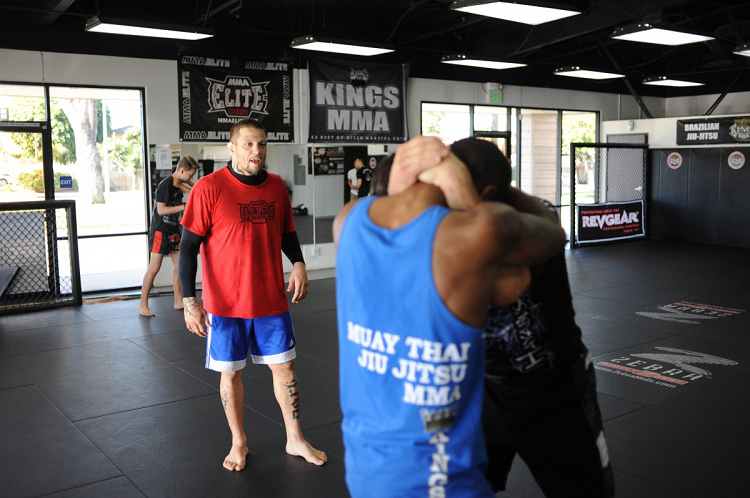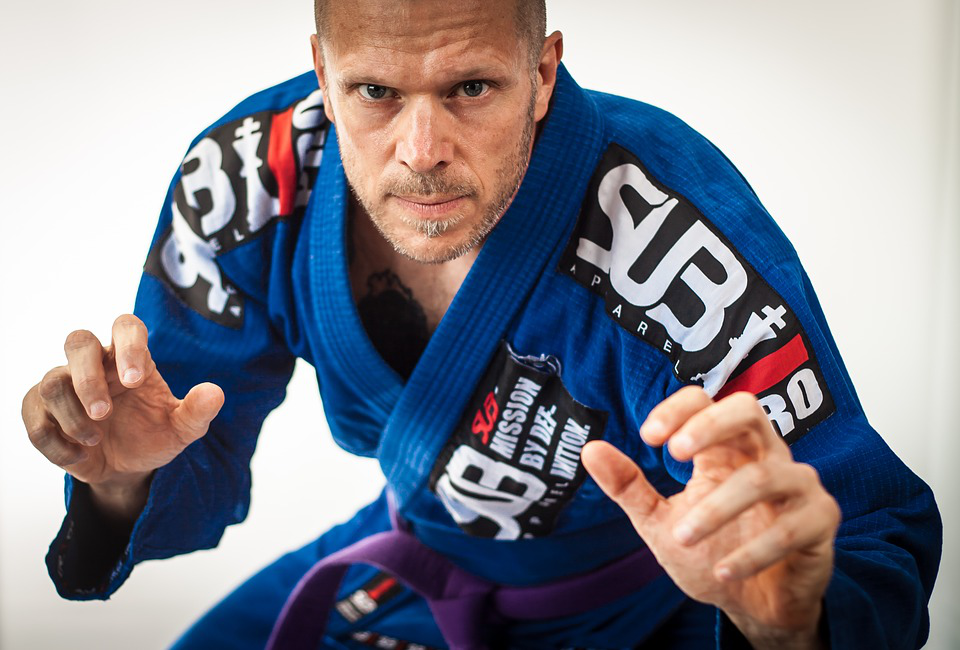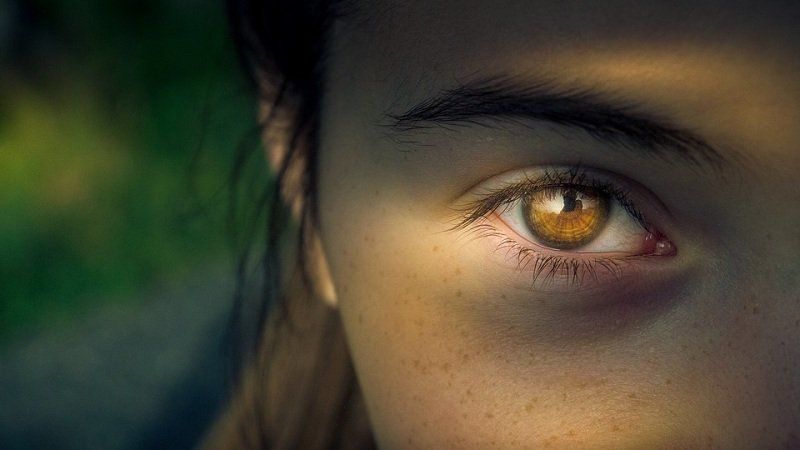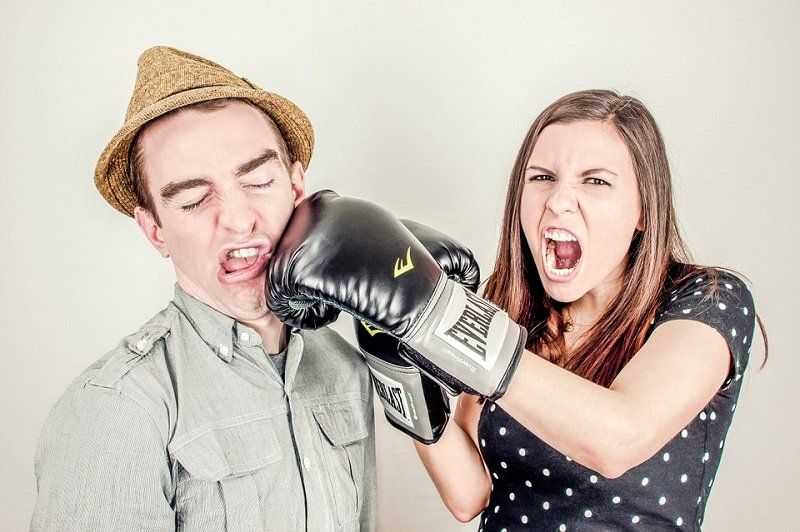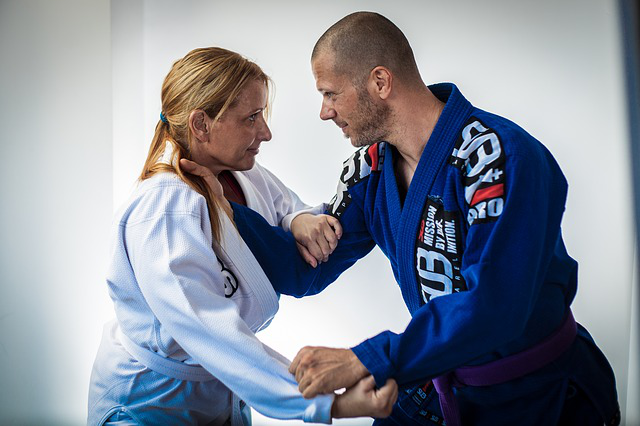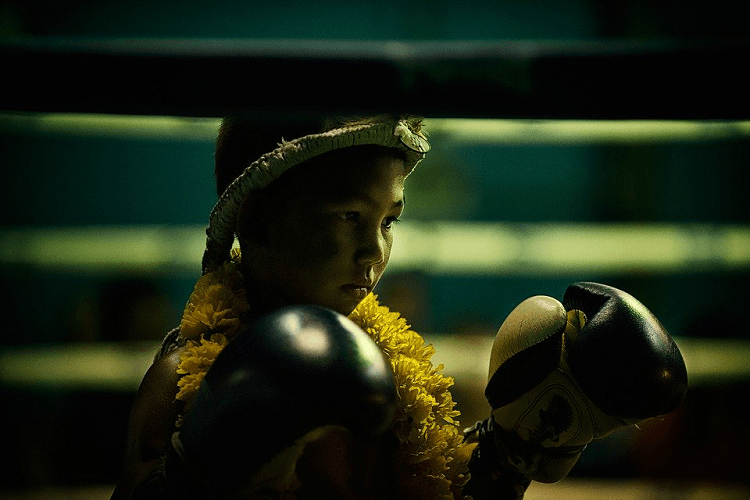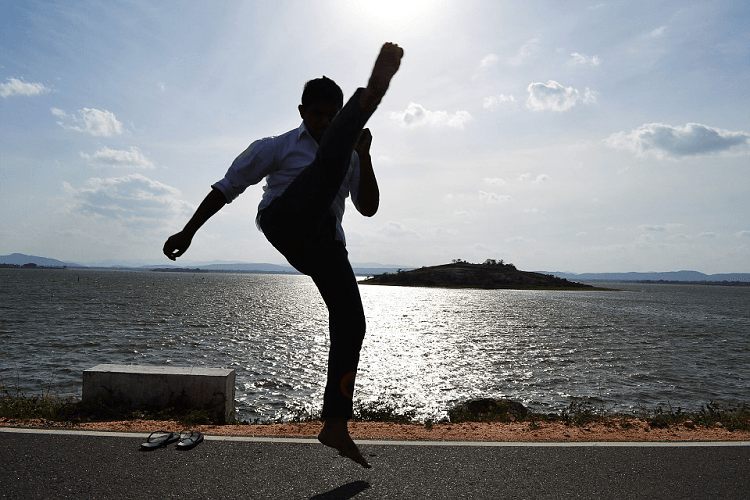Finding your Bearings before Developing Self-Defense Curriculum for Children
As a professional middle-school teacher by day, and a martial arts instructor by night, I have learned that developing self-defense lesson plans for children in the martial arts is not the same as developing lesson plans for adults. Children have very unique needs that must be addressed, and specific developmental stages that need to be accommodated in order to process the complex nature of understanding (and applying) martial arts concepts and techniques. A child’s attention span and physical capabilities will generally be limited within age appropriate norms, while adults, on the other hand, arrive with a larger tool box and a greater capacity to focus, process, and perform. The varying capacities of individual children may also be broad within a specific age group (e.g., 5-8, 9-12, 13-15), and these variances can be largely attributed to both physical, and social emotional development stages that may be different for each child. These differences in capacity between children of different age groups, and amongst children of the same age, make developing an effective and comprehensive curriculum for all children, of all ages, a challenging task. Self-defense instruction often must be tailored for developmental stages (age groups) and individual circumstances, capacities, and experiences of the individual child.
So What are some of the considerations when developing self-defense lesson-plans/programs for children, and how do you make these lessons work effectively? The following questions and responses have been generated to deconstruct the process of “Developing a Self-Defense Curriculum for Children”.
What are the objectives of the Self-Defense Program/Course?
Before putting pen-to-paper (and feet on the Dojo floor), consider first the objective of the children’s self-defense program. What are you trying to teach, and what is the expected outcome? For example, are you teaching a general martial arts course, an anti-bullying course for children in school, or a course on successful tournament competition? A course to teach children caution with regards to sexual predators and basic safety when dealing with strangers is also a viable modern-day, self-defense course But each of these subjects will involve a very different approach with regards to what you are teaching and how you are teaching it. Some educational formats may rely more on a physical deterrent, while others may focus more on prevention, awareness, and caution. Before you offer the course to your students, it is important to think about the objective, and to sketch it out on paper to organize thoughts, and streamline the subject-matter.
How can we best meet these objectives?
Once the objectives have been determined, how do you plan to meet these objectives? In answering this question, consider the various approaches and techniques available to achieve the goal. This will involve active research into the subject-matter to determine what has been done by others to assess viability. Above all, be brave and dive into topics that do not necessarily involve martial arts. For example, researching child psychology and development, elementary school educational programs, EMT and emergency services, and even topics addressed within the medical community can provide significant insights into how to achieve your objectives. As you research, take the time to develop a list of potential methods to achieve your objectives, and then gradually tailor and pare it down to what you believe works best, based on your research. Always be sure that you can cite your methodology to what is accepted in the professional community, and back-up your conclusions with available evidence or statistics. Your programs and lesson-plans will always have more credibility if they stand-up to what is generally acceptable by experts.
What background information is required to support an understanding/rationale for the chosen objectives?
Before diving into lesson-plans, consider what background information will be required at the onset of the course to educate the children on the subject and the objectives. For example, if you are developing an anti-bullying course for middle-school children, it is important to first educate the class on what constitutes bullying in its many forms. A background in the basic psychological and social factors that drive bullying behavior may also be an important inclusion to help children understand what causes the problem from the onset. Understanding these considerations will help the child process avoidance methods, and will also allow them to better understand the rationale for any chosen course of action in self-defense.
What age brackets are you trying to reach?
Children have different capacities to process material at different points in their development. So another important consideration is to organize your curriculum by age-bracket. A 13 year-old will have more maturity and mental focus than an 8 year-old, and a 15 year-old will have an even greater capacity to approach the subject at an adult level. In addition, age must also be considered when assessing the severity of the subject matter, in relation to the maturity of the child (e.g., this is a very important consideration, when dealing with more “mature” subjects). Approaches to any self-defense technique or consideration will also depend upon the maturity of the child - physical as well as mental tools used in self-defense will be very different for a young child, when compared to an older child or adult.
What is the mental and physical capacity of each student taking the course?
Closely related to age-consideration is the question of mental and physical capacity. Although age can play a big role when answering this question, age is not the only consideration. Children develop mentally and physically at an individual level, and often environmental factors and personal experiences can impact an individual child’s development. In addition, gender may also play a role when considering what is taught - some of the individual self-defense problems that children face may be different for girls than for boys, especially when children reach an age where harassment and bullying become an issue. Another question to consider is whether your lessons will be taught to children with disabilities, and whether individual tailoring will be required to reach a disabled audience.
How will students be formatively assessed and summatively evaluated? (methodology)?
Evaluation and accreditation/promotion is a very important consideration for children. When it comes to education, children thrive on approval and it is important to continually encourage them to study and learn by assessing their performance, and providing some measurable rank of achievement (this is similar to the old adage of getting the “gold star” for good behavior in school). Evaluation and achievement will also be an important point for the parents of the children who are actually paying for the child’s education. So when outlining your program/course, consider how you will evaluate the children, whether there will be different “levels” of achievement, and what form this recognition of achievement or certification will embody. For example, will you award the child a trophy, a medal, or a simple pass/fail certificate? What will you do if the child does not perform as expected or you believe the child should repeat the course for effectiveness? The answers to some of these questions are not easy, but your choices will be critical to the child, and just as importantly, to the parents.
Who is most qualified to teach such a course?
This is the most important consideration for any martial arts instructor, and to properly answer the question you must first overcome your own ego. Being a martial arts instructor does not mean you are an expert in everything, and sometimes developing a solid educational curriculum and teaching it properly (whether to children or adults) will require you to “call in the experts” for help. This may simply mean that you need to do a little deep-dive research, or have an insightful discussion with other martial arts instructors or subject-matter experts. At other times, you may be better-served by inviting a guest instructor to assist with teaching the actual course, or at least to give the lesson-plan a review for appropriateness. Do not try to overstep your qualifications and “go it alone” if you do not have reasonable experience with a particular subject (there is no shame in asking for help). Even if you are qualified, consider whether it will be you or an assistant/junior instructor who does the teaching. Often-times a junior instructor makes sense when dividing educational duties in a martial arts school, and it also provides the junior instructor with valuable experience, but educating children properly takes a lot of experience (and desire). A junior instructor may not make the best choice if the person lacks desire or experience in teaching the subject matter to young children.
How will subsequent training in the future build upon (or reinforce) what has been learned?
As a final consideration, think about what future lesson-plans you will incorporate to build upon the educational curriculum as the child matures. For example, if you develop a course for an 8 year-old, the expectation is that the material will be more simplistic and geared towards the elementary age bracket. Do you have a plan for the same child at age 10 or age 12? Will your lesson plan be divided into modules that can be added upon each year as the child grows? Even if some of the material is the same for each age-bracket, can you expect a 10 year-old to remember in detail of what he or she learned two years ago at the age of 8? Subsequent training is an important reinforcement tool that increases the effectiveness of the original course, so consider ways to address the future education of the child, as well as the current educational needs.
Conclusion
There are no easy answers to the above questions, and different educators will have differing views on what is acceptable and effective. The keys to answering these questions are to: (1) set your goals at the beginning so that you do not become lost in the journey, (2) do your research and gather evidence from experts, (3) take time and be thorough in the development of your program/course and subsequent lesson-plans, and (4) give yourself time to revise a draft and shape plans slowly and in a thoughtful and methodical manner so that the results are not lacking. In addition, consider involving the parents in the discussion of what you believe works best - the parents will have their own views on what they think is effective, so getting their input and appreciation of the content of the course will be the last critical component of a successful children’s self-defense program. Consider providing the parents with an overview of the course and lesson-plans, and have a short discussion with them to explain why you believe it is effective, based on your research and the empirical evidence available. Take the time to answer any questions thoughtfully, and if you do not know the answers immediately, let them know that you will find the answers to their questions before they sign their child up for the course.
See Children and Adult Martial Arts/ Karate/ Kobudo/ Jiujitsu lessons at Sherbourne Martial Arts Academy: SMAA
